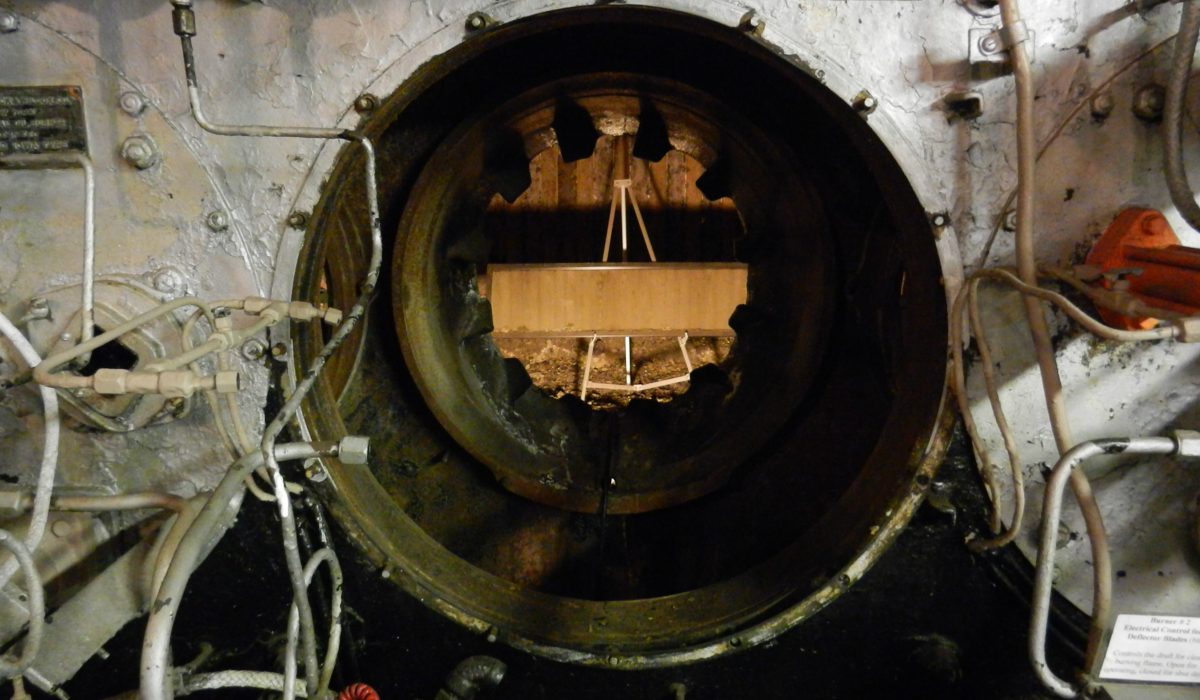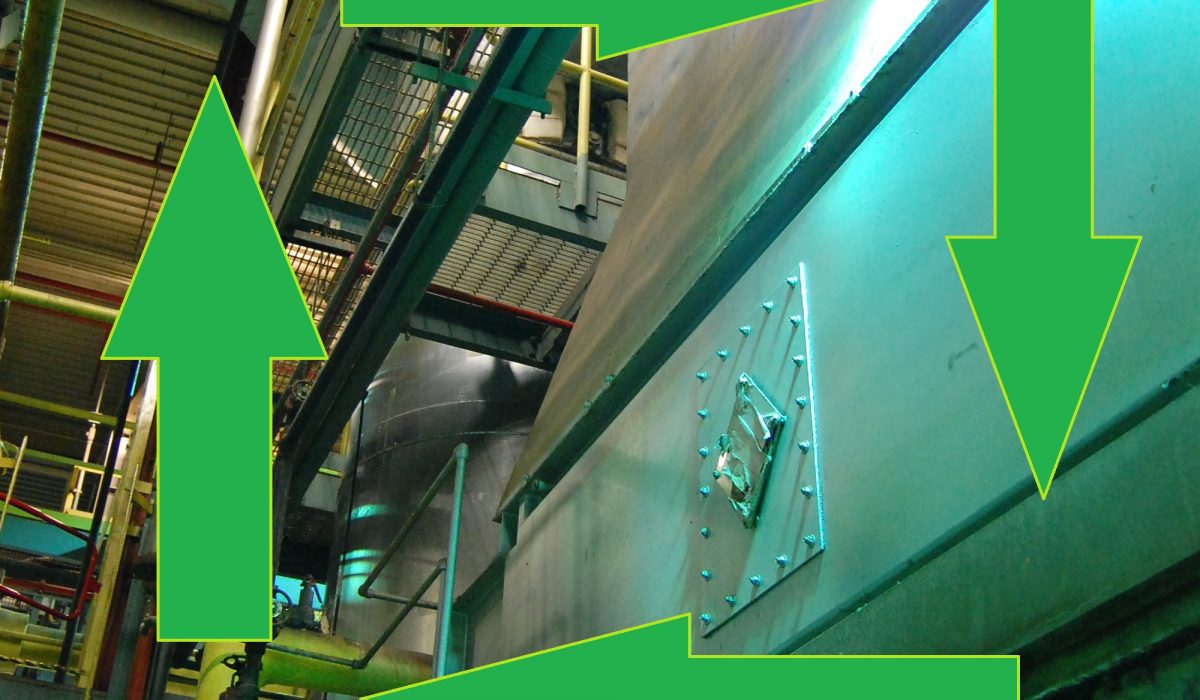 Synergy Vice-President, Marc L. Hunter has again been nominated to an NFPA 85 Committee, this time for the atmospheric fluidized bed boiler (FBB) committee. As a member of both FBB and the single burner boiler (SBB) committee for NFPA 85, Hunter plays a critical role in deciding the safety regulations for chapters five and seven of the NFPA 85 code.
Synergy Vice-President, Marc L. Hunter has again been nominated to an NFPA 85 Committee, this time for the atmospheric fluidized bed boiler (FBB) committee. As a member of both FBB and the single burner boiler (SBB) committee for NFPA 85, Hunter plays a critical role in deciding the safety regulations for chapters five and seven of the NFPA 85 code.
NFPA 85 is a broad code, relating to many aspects of boiler and burner safety. For this reason, there are eight sub committees, each responsible for a section of the code. Chapters five and seven go into basics – such as application, purpose and equipment requirements – as well as details on how processes for FBBs and SBBs should function.
“I’m excited to be a part of such a prestigious community,” said Hunter.
These rigorous safety standards are imperative for the safe running of boiler and burner systems. Starting up a boiler and running it properly is like controlling a small explosion. Precise steps must be taken to ensure the safety of all personnel and assets involved.
Working for clients involved in high risk businesses, Synergy prioritizes safety above all other values. Marc L. Hunter’s nomination to not one, but two NFPA 85 sub committees allows us to expertly bring this value to all who adhere to the NFPA 85 code.





